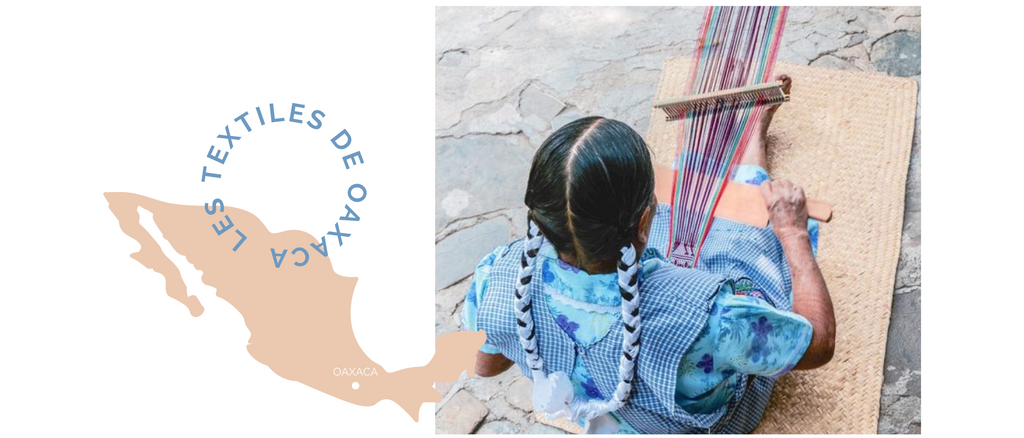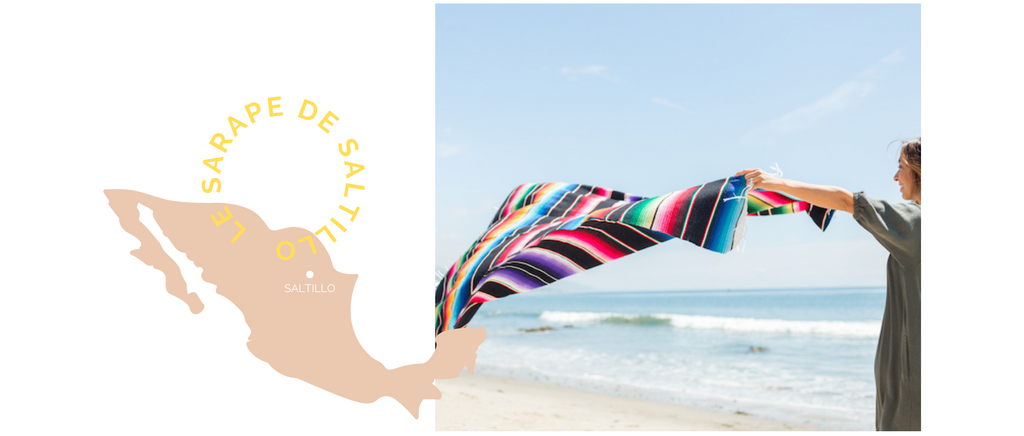Article: 3 Mexican crafts to discover

3 Mexican crafts to discover
Welcome back to the blog, #mapacheaddicts! For this first article of 2022, we wanted to return to the roots of our entrepreneurial adventure by immersing ourselves in the heart of what drives us: Mexican craftsmanship.
Indeed, as Mapache grows, we make it a point of honor to never lose sight of our mission which is to preserve a local and ancestral craft. Better still, we made the choice at the beginning of this year (and following your numerous feedback) to be more transparent about the making of our creations… A trip to Mexico is also planned for next May to satisfy your well-placed curiosity ;)
But back to the point! Today's article celebrates all that this sunny country cultivates that is most beautiful, precious, and colorful. Always on the lookout for lovingly handcrafted creations, we've selected three favorite crafts to be discovered with wonder from your sofa or explore "for real" if you're lucky enough to be jetting off to Mexico in the coming months...

Tenango embroidery
The first word that spontaneously comes to mind when we think of Mexico is: color . By looking at the country's culture, we quickly realize that Mexican crafts play a major role in the construction of this representation. Indeed, the colors used are often flamboyant and the artisans do not hesitate to combine them together for a unique and warm result.
Tenango embroideries are a perfect example of this love of color. Illustrating scenes from everyday life and the flora and fauna of the Tenango de Doria region, they stand out thanks to a jumble of vivid shades and carefully hand-embroidered designs.
This ancestral technique, which can be found today on tablecloths, blankets, and even hanging canvases, is still practiced by more than 1,200 artisans in Mexico. Brought to light in the 1960s during the economic crisis, it has its origins in the indigenous Otomi people, and women have passed it down from generation to generation (the same goes for the craft of the huarache, as our shoes are woven exclusively by women).
The creation of these embroideries is long and meticulous. Twenty-five days are required on average for the simplest pieces, but it can take several months or even years for more complex creations. To create them, several steps follow: the artisans begin by cutting a cotton fabric then draw on it with a pencil. These sketches serve as guides, they then embroider them with their colored threads using stitch techniques. Finally, they wash the fabric to erase the pencil marks and iron it. Magic!

Textiles of Oaxaca
If you're visiting Mexico and are passionate about textiles, take a break in Oaxaca, which is full of artisanal wonders. This region located in the south of the country is a must-see for its myriad of skills linked to the presence of numerous indigenous peoples on its land, who have developed incredible weaving and embroidery techniques.
Here, each people has their own way of creating, and the fabrics are not only beautiful: they are above all considered a means of communicating their history, beliefs, and myths. The embroidery is done by hand within the communities with great finesse, thanks to looms that women generally wear as belts around their waists.
These textiles are distinguished by their geometric patterns, symbols of local cultures, and the materials used (wool, cotton, or silk) are colored using natural dyeing techniques. Once woven, they are used to make clothing, accessories, and even decorations.
And we almost forgot: during your visit to Oaxaca, don't forget to stop by the Textile Museum to learn more about the subject ;)

The Sarape of Saltillo
Our latest favorite craft is called the serape (or serape)! It is none other than the symbol of Mexican independence, and has been since the 19th century. It is easily identified by its multicolored stripes and if it was originally worn as clothing, today it is mainly used as a blanket when the temperatures drop (in other words, a serape would be very useful to you right now).
Before being woven, the fibers of this artisanal piece are hand-dyed. Each one is unique, the result of ancestral know-how. The serape is initially made of wool, but cotton is also widely used for added softness.
Originating in the city of Saltillo, this craft celebrates the authentic character of Mexican creation, which family workshops are keen to perpetuate despite the phenomenon of industrialization. We invite you to invest in one of these beautiful blankets, which are very easily found in Mexico!
If you liked this article and you're a fan of our world, don't hesitate to follow our news on Instagram !







